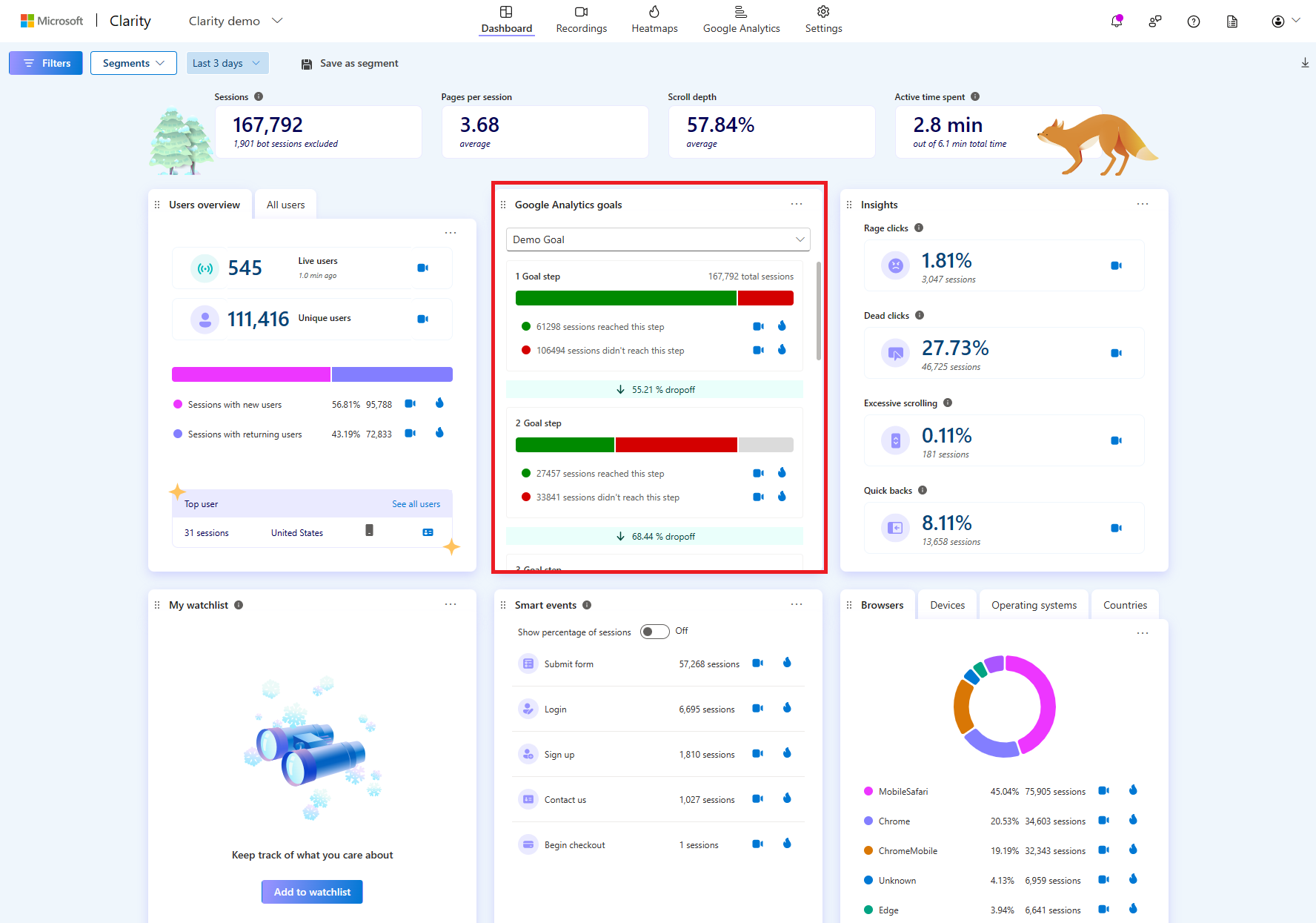What Data Is Google Analytics Goals Unable to Track: Important Details
What Data Is Google Analytics Goals Unable to Track: Important Details
Blog Article
Unveiling the Blind Attractions: Comprehending What Google Analytics Goals Can not Gauge
In the world of electronic analytics, Google Analytics stands as an effective tool for monitoring and examining on-line customer communications. Amidst its durable capabilities, there exist blind places that usually avert dimension. what data is google analytics goals unable to track. Understanding what Google Analytics goals can not measure is essential for acquiring an extensive view of individual habits and interaction. As we explore the details of these dead spots, we discover an intricate internet of undiscovered regions that hold beneficial understandings right into customer actions and motivations, tough standard wisdom and clarifying the constraints of our data-driven understanding.
Individual Behavior on External Platforms
Recognizing just how users communicate on external platforms is essential for optimizing on the internet methods. External platforms, such as social media networks, reference sites, and online discussion forums, play a considerable duty in driving website traffic to a business's site. By analyzing user habits on these systems, services can acquire useful insights into the effectiveness of their marketing efforts and the preferences of their target market.
One secret aspect of individual actions on exterior platforms is the recommendation resource. By tracking where the individuals are coming from, services can identify which platforms are driving the most traffic to their internet site. This details can help business allot their resources extra efficiently, concentrating on the systems that generate the most effective results.

Offline Conversions and Communications
Examining customer actions on outside systems supplies important understandings into on-line methods; however, taking into consideration offline conversions and communications is equally vital for a comprehensive understanding of a firm's general performance. Offline conversions, such as in-store acquisitions or phone queries, play a significant duty in lots of companies' success.

Acknowledgment Beyond Last Click
When delving right into the world of digital advertising analytics, it becomes essential to look past the single touchpoint of the last click for an extra extensive understanding of acknowledgment. While Google Analytics supplies important insights into user habits, relying only on last-click attribution can be limiting - what data is google analytics goals unable to track. Acknowledgment versions that go beyond the last click supply an extra nuanced sight of the customer journey, taking into consideration all the touchpoints that cause a conversion
Attribution beyond the last click allows marketers to assign credit score to different communications along the conversion course, offering a more clear photo of the efficiency of different marketing channels. By checking out multi-touch attribution versions such as straight, time degeneration, or position-based attribution, services can much better assign their marketing budgets and maximize their approaches for optimal impact.
Recognizing the impact of each touchpoint in the conversion process is crucial for making educated choices and making best use of ROI. By accepting attribution past the last click, services can acquire much deeper understandings into consumer actions and tailor their marketing initiatives better.
Cross-Device and Cross-Browser Tracking

In a similar way, cross-browser tracking complements cross-device monitoring by recording customer habits as they change in between various internet internet browsers. Comprehending exactly how customers communicate with internet sites on different browsers can help marketers optimize their on-line experiences to make sure uniformity and functionality across various systems.
Qualitative Information and Customer Intent
Comprehending individual intent with qualitative data evaluation is critical for creating targeted electronic advertising methods that reverberate with the requirements and preferences of the target audience. Qualitative data gives insights into the 'why' behind user activities, clarifying motivations, emotions, and preferences that measurable information alone can not capture. By analyzing customer responses, comments, and communications, marketers can reveal beneficial details regarding individual intent, allowing them to customize their messaging, web content, and offerings to better align with what their audience is looking for.
Qualitative data likewise helps in understanding the context in which customers involve with a website or application. This contextual understanding makes it possible for marketers to develop even more appropriate and tailored experiences, eventually driving greater involvement and conversion rates. By site diving into individual intent through qualitative information analysis, companies can acquire a deeper understanding of their target audience, leading to more efficient advertising approaches that meet customers' demands and expectations.
Conclusion
In final thought, Google Analytics objectives have limitations in measuring customer behavior on outside platforms, offline conversions, attribution beyond last click, cross-browser and cross-device monitoring, and qualitative data related to user intent. what data is google analytics goals unable to track. It is essential for organizations to be knowledgeable about these unseen areas in order to supplement their information evaluation with other tools and methods to acquire a much more thorough understanding of their target market and boost their total digital marketing approaches
By analyzing individual actions on these systems, companies can get valuable insights into the efficiency of their advertising and marketing initiatives and the preferences of their target audience.
Analyzing individual actions on exterior platforms offers useful understandings right into online methods; nonetheless, considering offline conversions and communications is equally essential for a detailed understanding of a company's total performance.In digital marketing analytics, moving beyond last-click acknowledgment to check out cross-device and cross-browser tracking is necessary for gaining an all natural understanding of user communications throughout various platforms and devices. By evaluating individual comments, remarks, and communications, marketing professionals can uncover valuable info regarding customer intent, enabling them to tailor their messaging, content, and offerings to much better straighten with what their target market is seeking.
By delving my response right into individual intent with qualitative data evaluation, businesses can gain a much deeper understanding of their target audience, leading to a lot more efficient advertising approaches that satisfy individuals' requirements and expectations.
Report this page